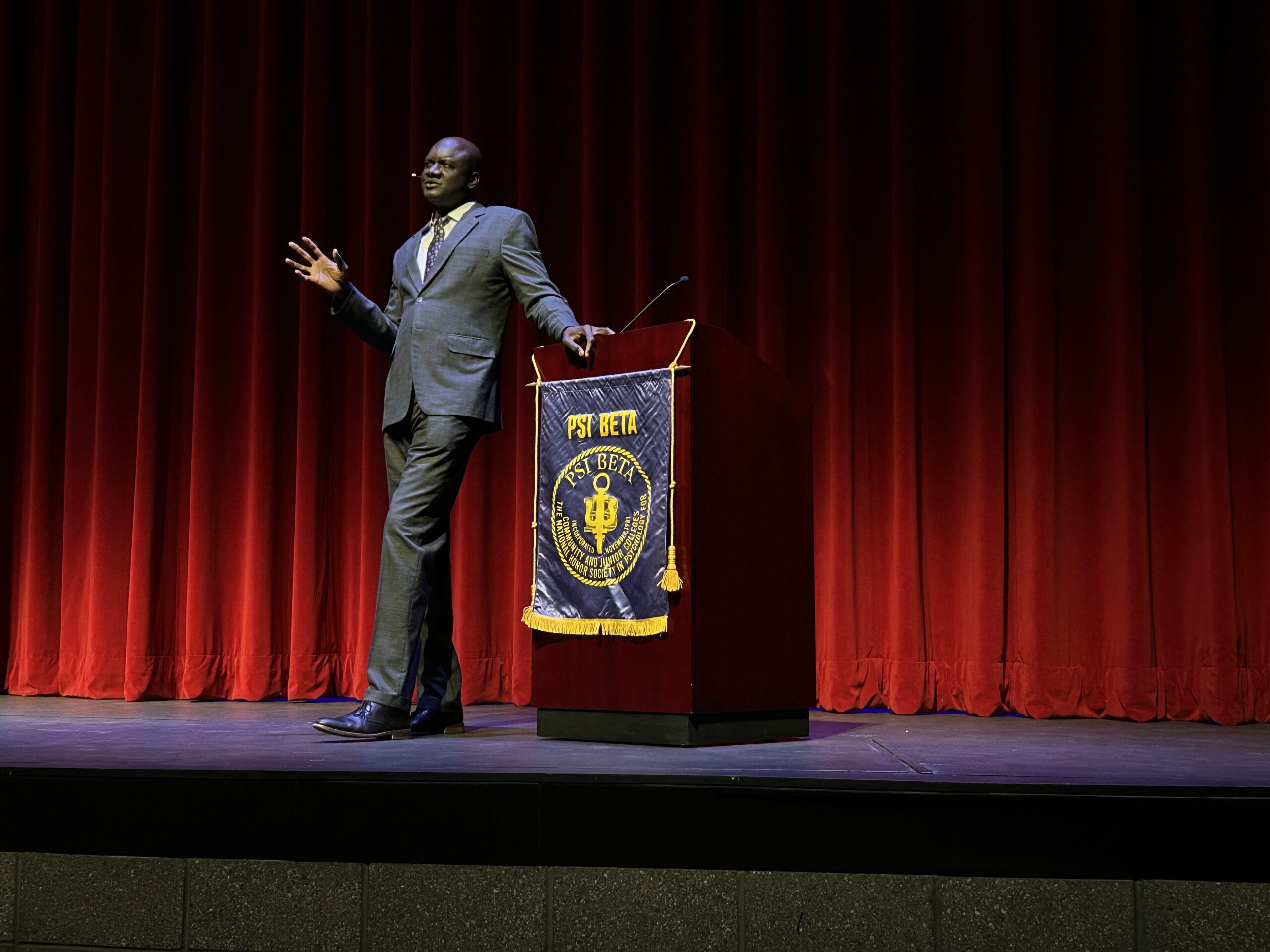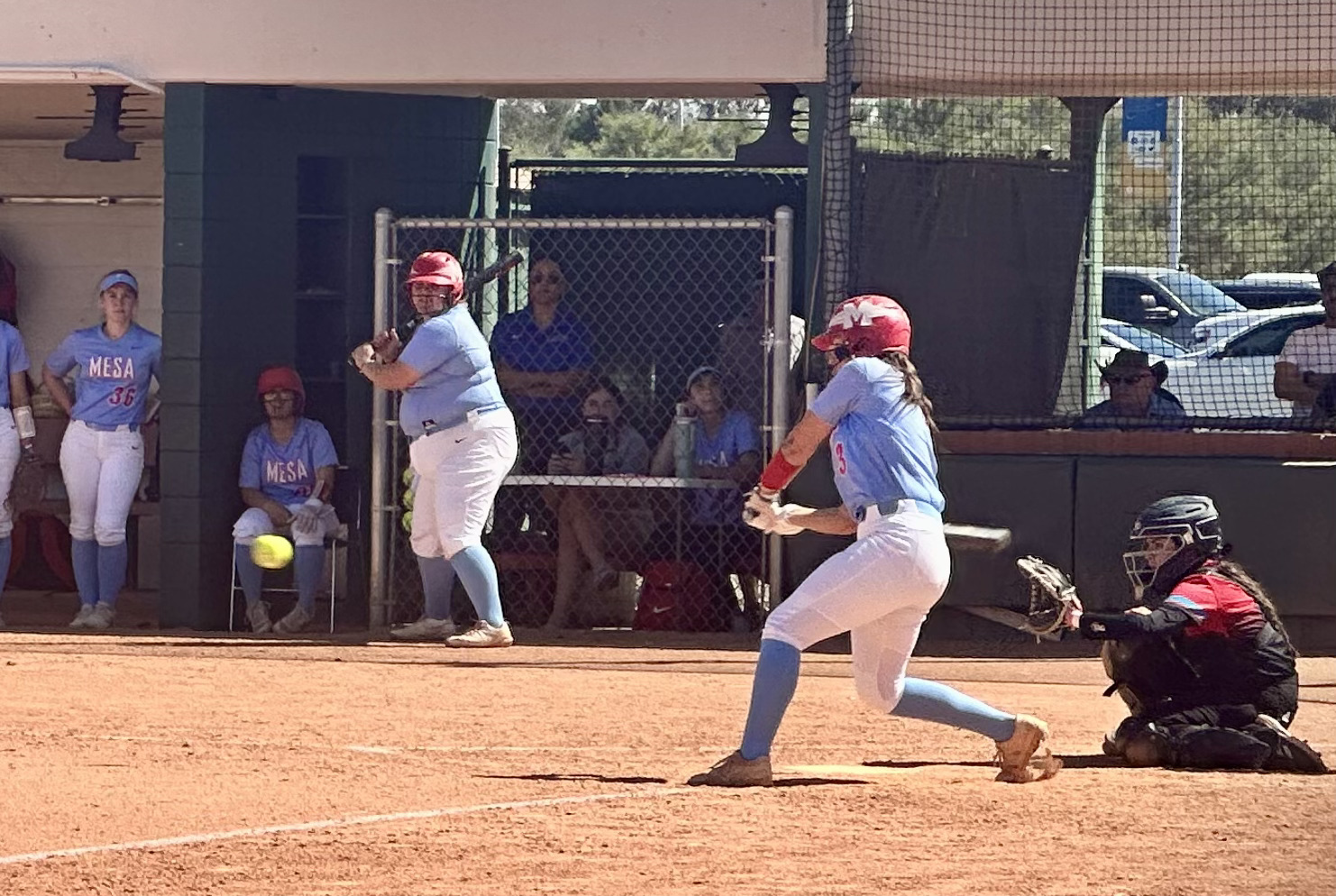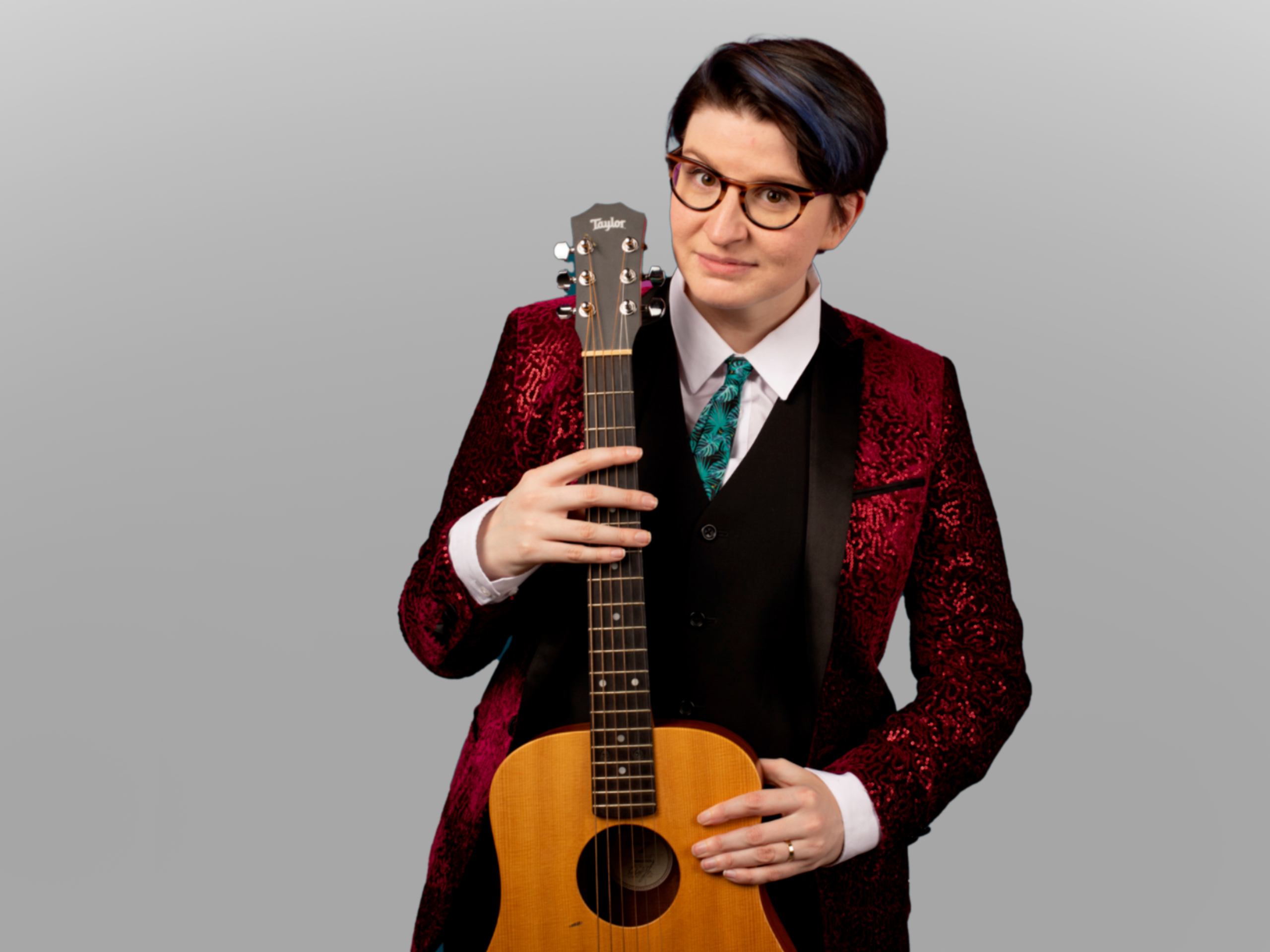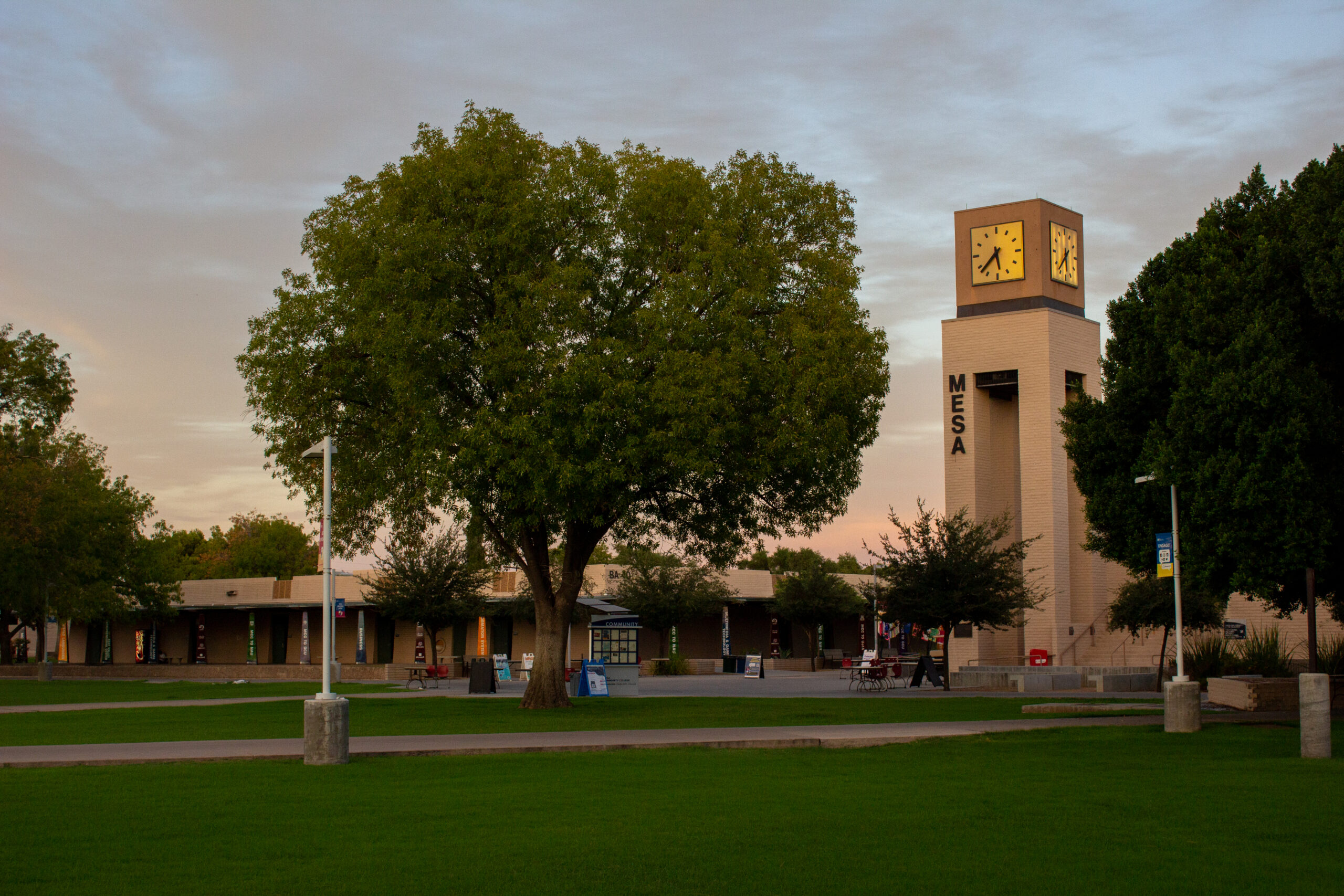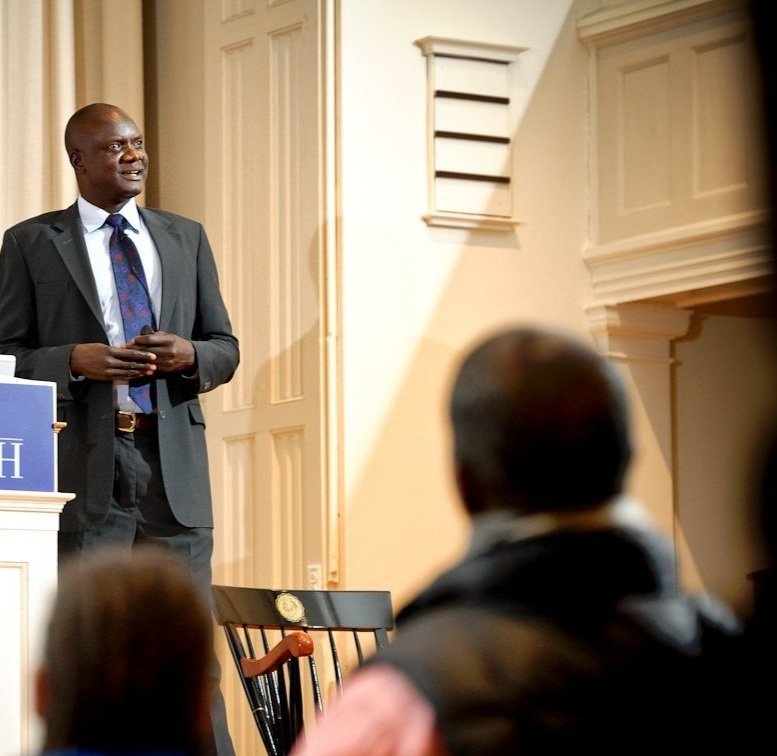Discipline in school
Chelsea Zaft
Early education majors are taught theories and given guidelines on how to handle behavior and manage a classroom throughout their college career. However, the methods will work best for certain situations comes from their experience in student teaching and time spent in the classroom.Gone are the days of being sent to the principal’s office, spankings, and a ruler to the back of the hand.
New teachers are now focusing on communicating with a child and building their behavioral and social skills, instead of harsh discipline or punishment.
In classes like Introduction to Relationships in the Classroom Setting, taught at MCC by Corki Stewart, new teachers are advised to let children know at the beginning of the year what is expected of them and considered appropriate behavior.
As Stewart put it, “It’s a new country every year and the only person who knows the language is the teacher, and the children have to learn that (language)”.
Students are also advised to look at each child’s individual needs and construct a behavioral plan that best suits them.
Student teacher Lindsey Wise says ASU gave her a good foundation and all the tools to go into the classroom but the Conscience
Discipline method, which she likes best and will take with her, was introduced to her by the teacher in her first student teaching classroom.
“Get in as many classrooms as you can that have different (management) styles.
“I’ve learned so much of what I wouldn’t do, which is just as important as what I would do as being a new teacher coming into the field,” recommended Wise who will graduate from ASU in May and is in her fourth classroom as a student teacher.
The Conscience Discipline method was created by Dr. Becky Bailey based on current brain research and child development information.
In her method Bailey has replaced traditional time-out with the “safe place”, a more self-chosen time out.
This spot is usually tucked away in a corner of the room and decorated with soft pillows, blankets, toys and colorful attributes.
For instance, if a child is having a difficult time they can remove themselves from the other children and sit quietly to collect their thoughts.
Once they have calmed down they can return to the group.
If first year teachers are expecting the district or school administration they go to work for to tell them how to run their classroom, think again.
Each school district does have a policy on what they consider acceptable student behavior and disciplinary consequences, however these are more of general guidelines for teachers to follow.
The district feels that it is important for school administrators and teachers to have the flexibility to treat each student and situation appropriately according to Mesa Public Schools Director of Community Relations, Kathy Bareiss.
That’s not to say that schools are leaving new teachers clueless though.
“We have a really great teacher training program and a brand new, just out of school teacher goes through a one week training session that touches upon a little bit of everything,” said Bareiss.
New teachers are given policies and curriculum, can ask questions and get ideas from others.
Bareiss reminds first year teachers that they also have the support of veteran teachers and their principles once at their school and can always go to them for help.
